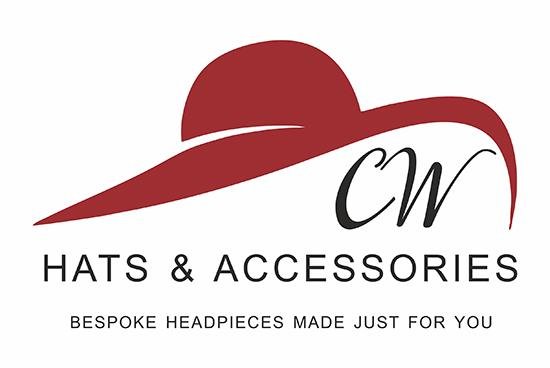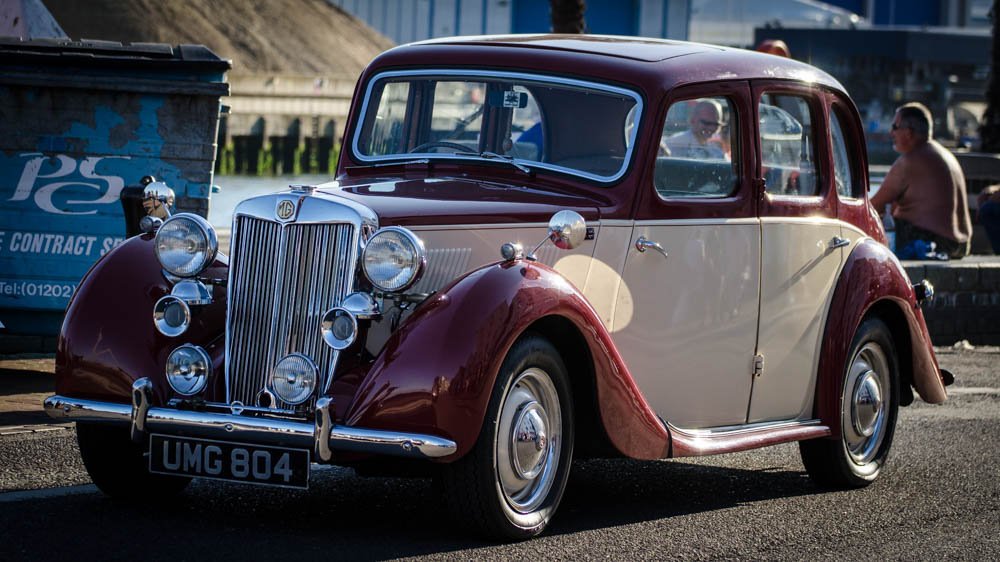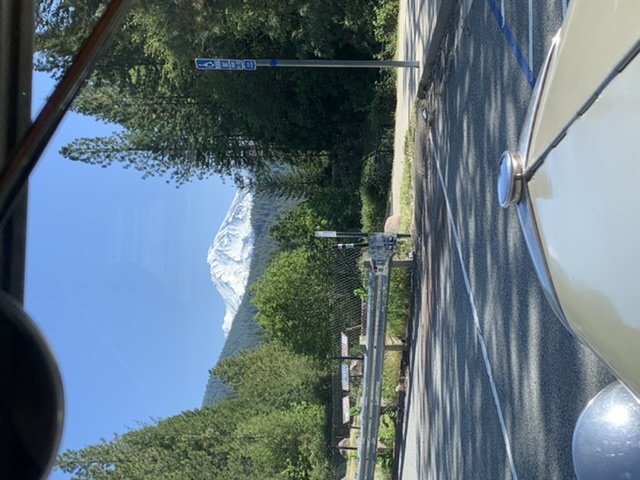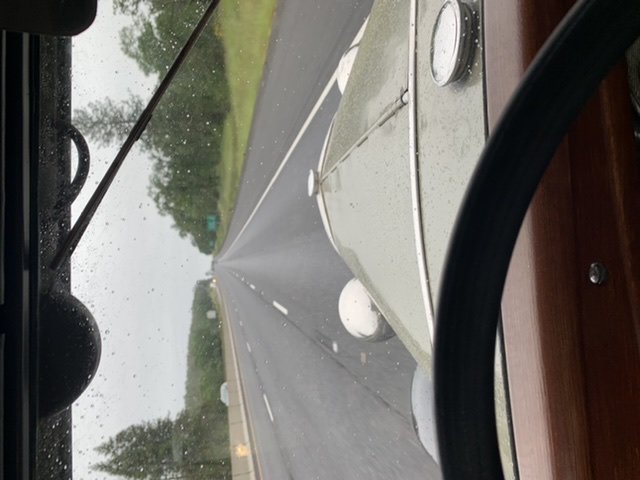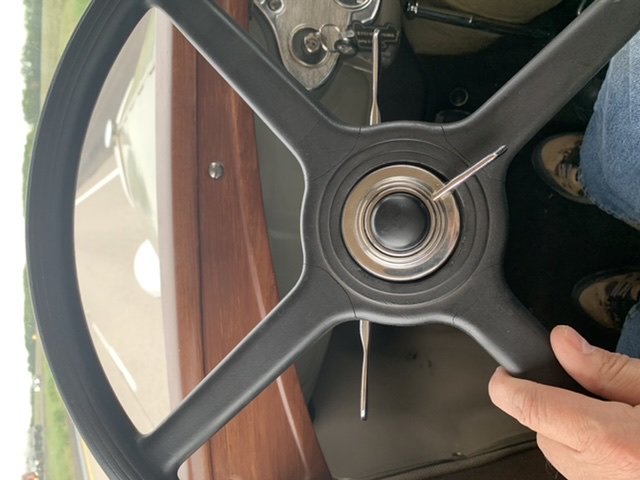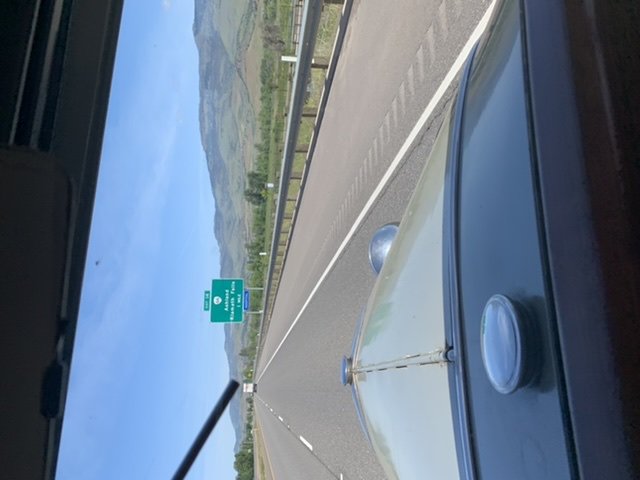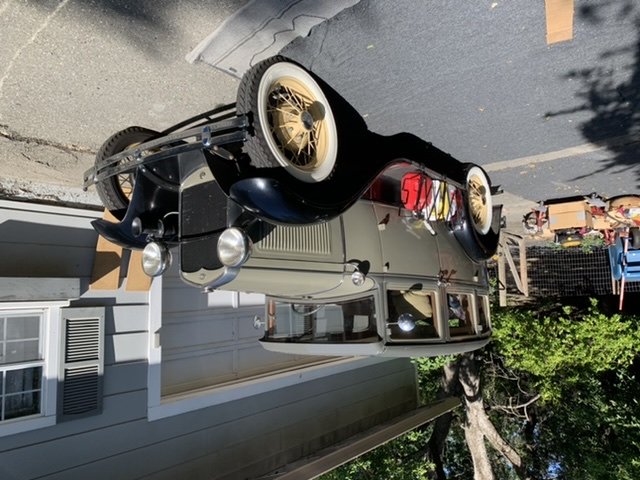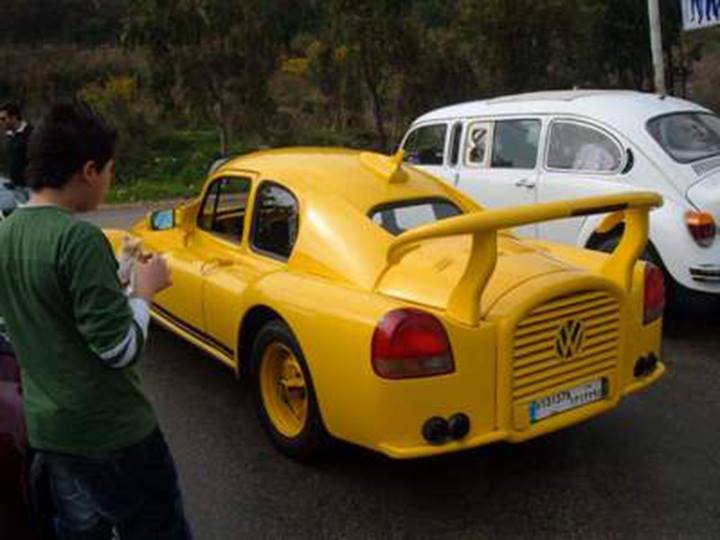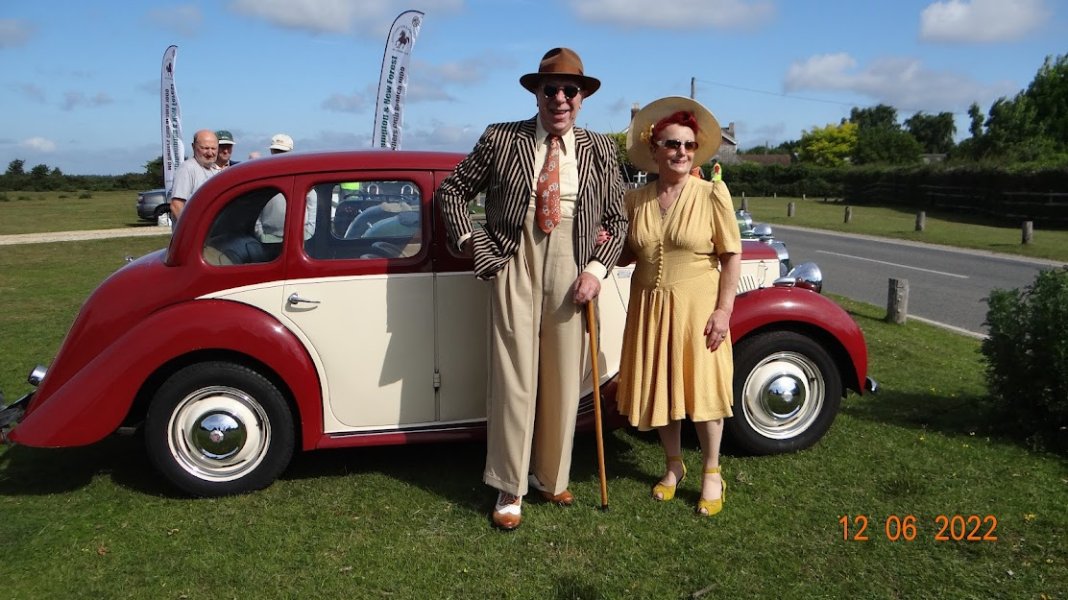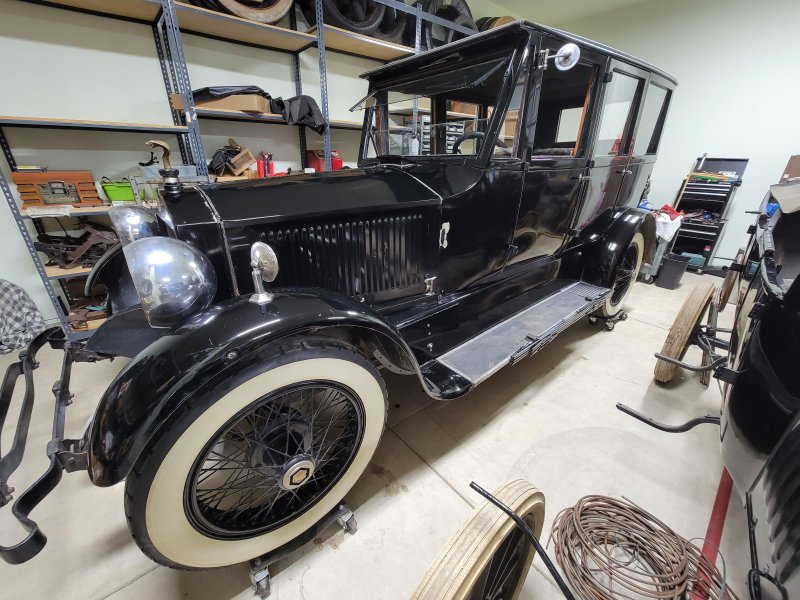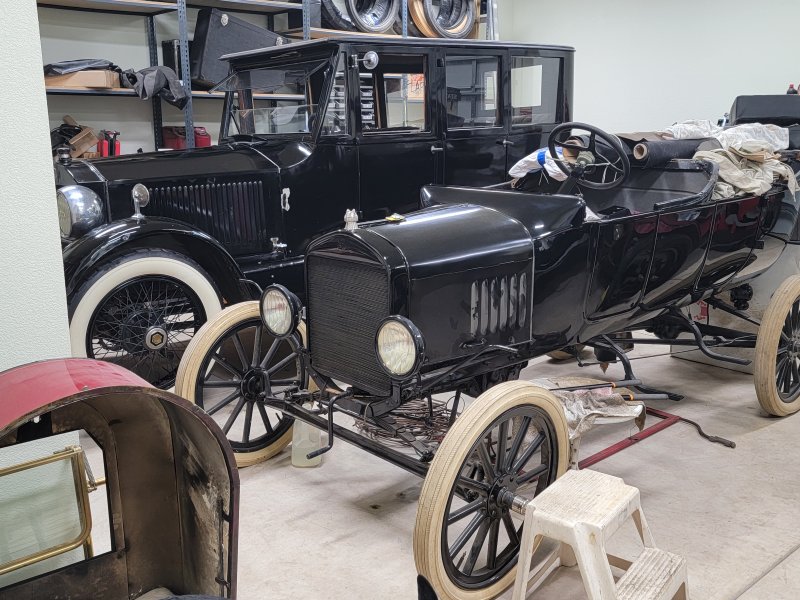Studebaker Driver
One of the Regulars
- Messages
- 224
- Location
- The Big Valley in the Golden State
Well, Bigman, I can't help you with "tube liners", but I can tell you about flaps and rim strips.
Little ones first, rim strips, which are relatively narrow bands of rubber that fit between the sidewalls of a tire on the rim. They have to be stretched on, like a rubber band. If you are running wire wheels, the spoke nipples (that little ferrule the spoke screws into) pass through holes in the rim. The nipples have a screw head on the inside (tube side) of the rim and it is by these screw heads that the ferrules are tightened or loosened to true and tune the wheel. If the inner tube were allowed to contact these screw heads and the car never moved, you might be OK. But wire wheels on a car that is driven flex and move. This tiny movement of the components of the wheel will ultimately chafe through the tube. To prevent this, the rim strip covers the spoke ferrules, offering a cushion of rubber for the tube to rest. The same result is often obtained these days with a lap or two od duct tape around the rim before the tire and tube are mounted.
Flaps are bigger in every way. They are wider because they don't simply cover the spoke ferrules like the rim strips, they go from the inside of the tire sidewall on one side and they span the gap between the tire beads, then extend under the opposite sidewall. Flaps are usually used with clincher tires or tires on split rims. Clincher tires have no wire in their beads to facilitate their being stretched onto the rims. Clinchers are not intended for drop center rims and without the annular groove in the rim (the "drop center") for the bead to enter to allow the opposite side to go over the edge of the rim. Clinchers have to be pried over the rolled bead of the rim and a corresponding bead on the tire sidewall engages with it, forming a lock to prevent the tire blowing off the rim. Clincher tire beads have a sort of built-in flap that that can cause trouble. The edges of these tire sidewall flaps can move as the tire sidewall flexes, causing chafing of the tube. A tube flap provides a thick rubber bed separating the tube from the tire and the rim itself.
The other need for flaps are for split rims. Split rims are never on wire wheels because by their design, split rims are collapsed and overlapped (impossible with wire wheels) to make them smaller then the inside diameter of the tire. Once inside the rims are spread back to their full diameter (usually with some sort of jacking tool). The joint at which the rim splits can also move and chafe an inner tube. Since the joint involves the entire width of the rim, a flap is the way to go. A rim strip could leave part of the joint exposed and chafe the tube at that spot.
Little ones first, rim strips, which are relatively narrow bands of rubber that fit between the sidewalls of a tire on the rim. They have to be stretched on, like a rubber band. If you are running wire wheels, the spoke nipples (that little ferrule the spoke screws into) pass through holes in the rim. The nipples have a screw head on the inside (tube side) of the rim and it is by these screw heads that the ferrules are tightened or loosened to true and tune the wheel. If the inner tube were allowed to contact these screw heads and the car never moved, you might be OK. But wire wheels on a car that is driven flex and move. This tiny movement of the components of the wheel will ultimately chafe through the tube. To prevent this, the rim strip covers the spoke ferrules, offering a cushion of rubber for the tube to rest. The same result is often obtained these days with a lap or two od duct tape around the rim before the tire and tube are mounted.
Flaps are bigger in every way. They are wider because they don't simply cover the spoke ferrules like the rim strips, they go from the inside of the tire sidewall on one side and they span the gap between the tire beads, then extend under the opposite sidewall. Flaps are usually used with clincher tires or tires on split rims. Clincher tires have no wire in their beads to facilitate their being stretched onto the rims. Clinchers are not intended for drop center rims and without the annular groove in the rim (the "drop center") for the bead to enter to allow the opposite side to go over the edge of the rim. Clinchers have to be pried over the rolled bead of the rim and a corresponding bead on the tire sidewall engages with it, forming a lock to prevent the tire blowing off the rim. Clincher tire beads have a sort of built-in flap that that can cause trouble. The edges of these tire sidewall flaps can move as the tire sidewall flexes, causing chafing of the tube. A tube flap provides a thick rubber bed separating the tube from the tire and the rim itself.
The other need for flaps are for split rims. Split rims are never on wire wheels because by their design, split rims are collapsed and overlapped (impossible with wire wheels) to make them smaller then the inside diameter of the tire. Once inside the rims are spread back to their full diameter (usually with some sort of jacking tool). The joint at which the rim splits can also move and chafe an inner tube. Since the joint involves the entire width of the rim, a flap is the way to go. A rim strip could leave part of the joint exposed and chafe the tube at that spot.
